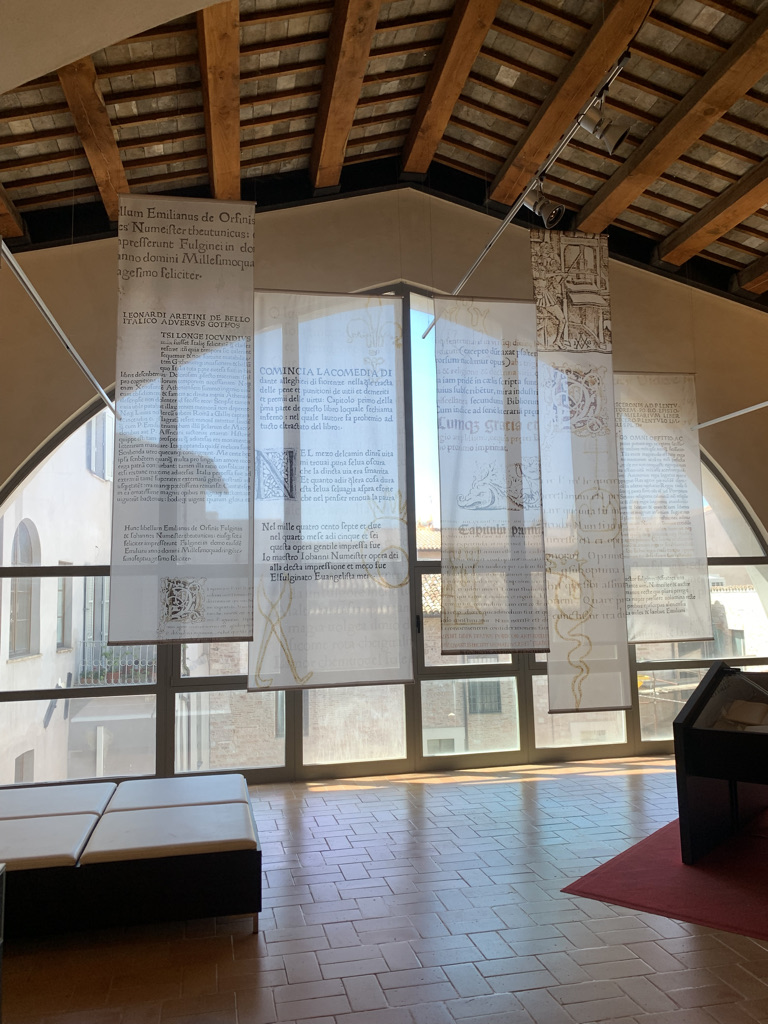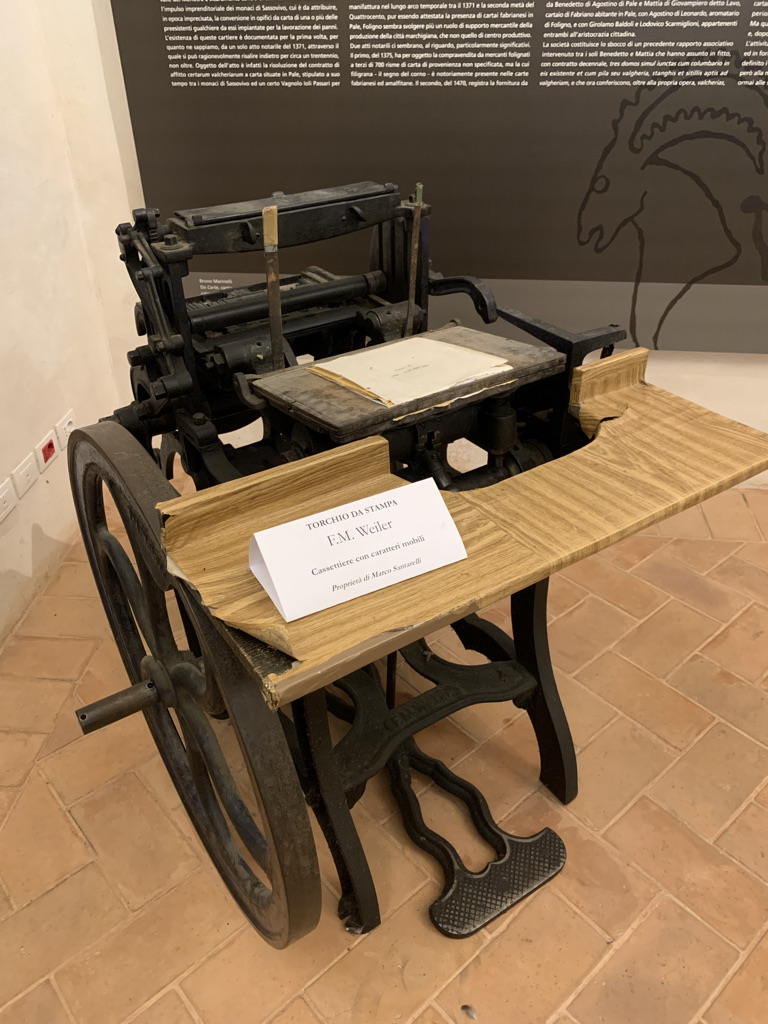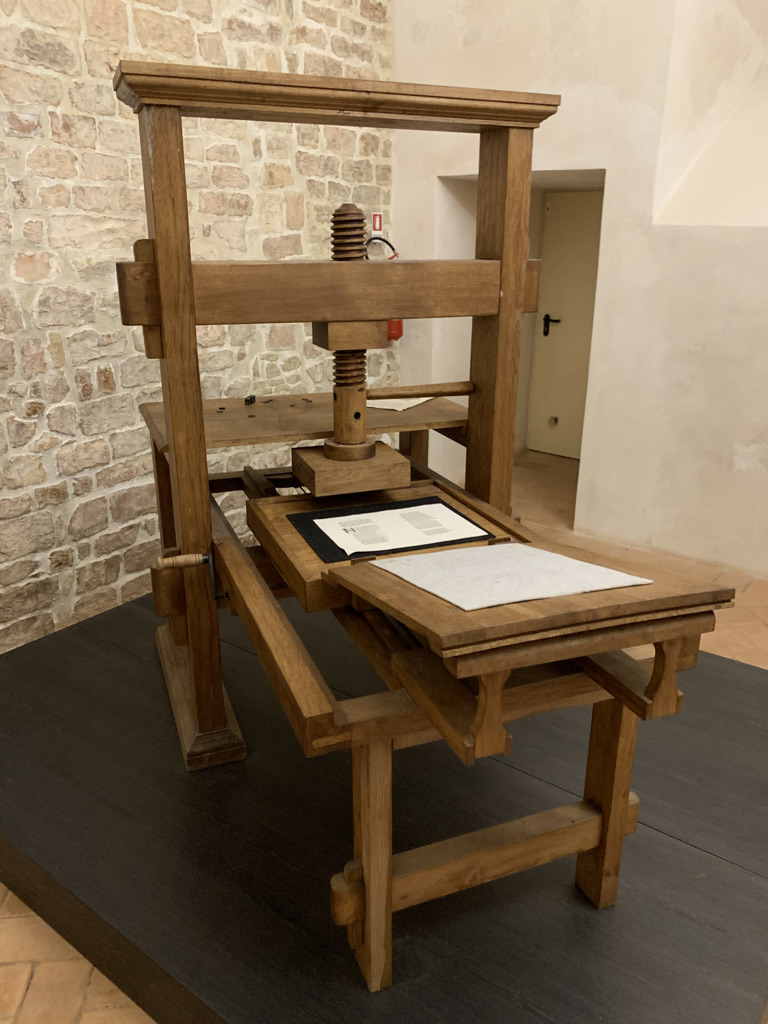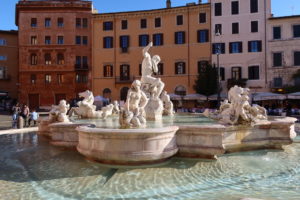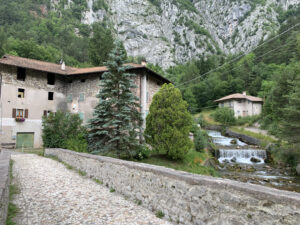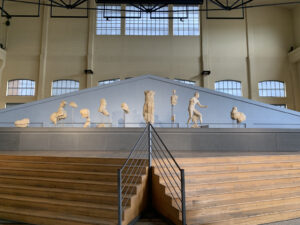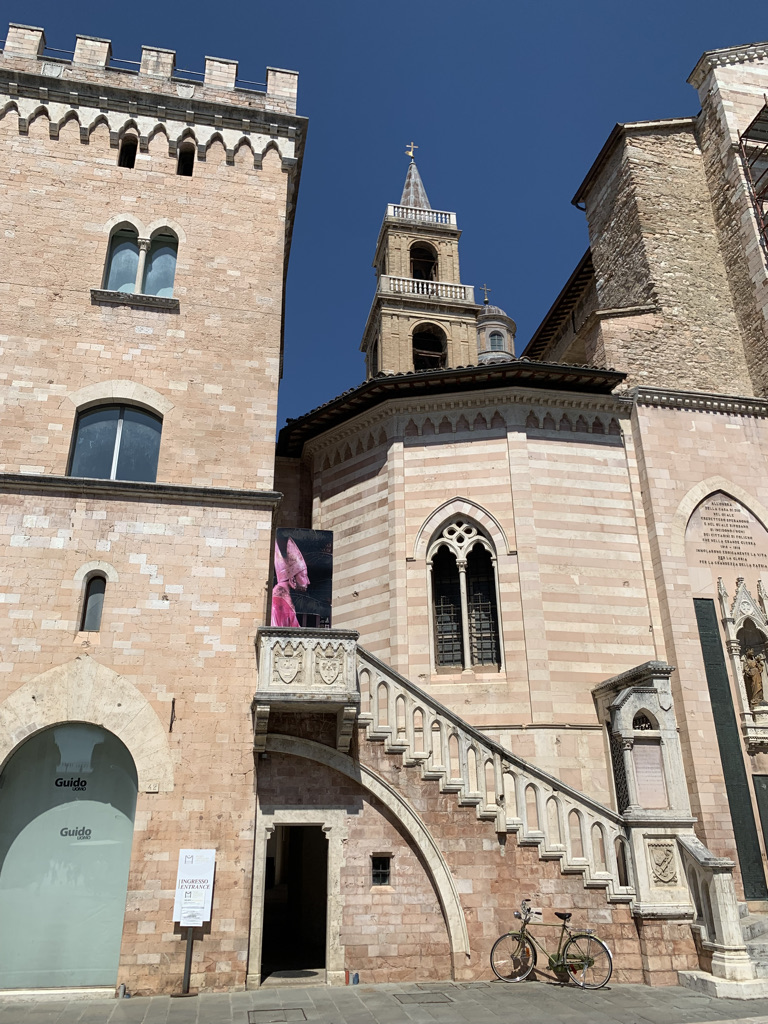
CIAC: Centro Italiano Arte Contemporanea - Contemporary Art Museum
Foligno has a Contemporary Art Museum (CIAC: Centro Italiano Arte Contemporanea) that houses a small permanent collection downstairs and hosts various exhibitions updaters. They currently have an excellent photographic exhibit by George Tatge. There was also an interesting video showcasing his creative process. Now that we’ve been there, we’ll keep an eye out for new exhibits.

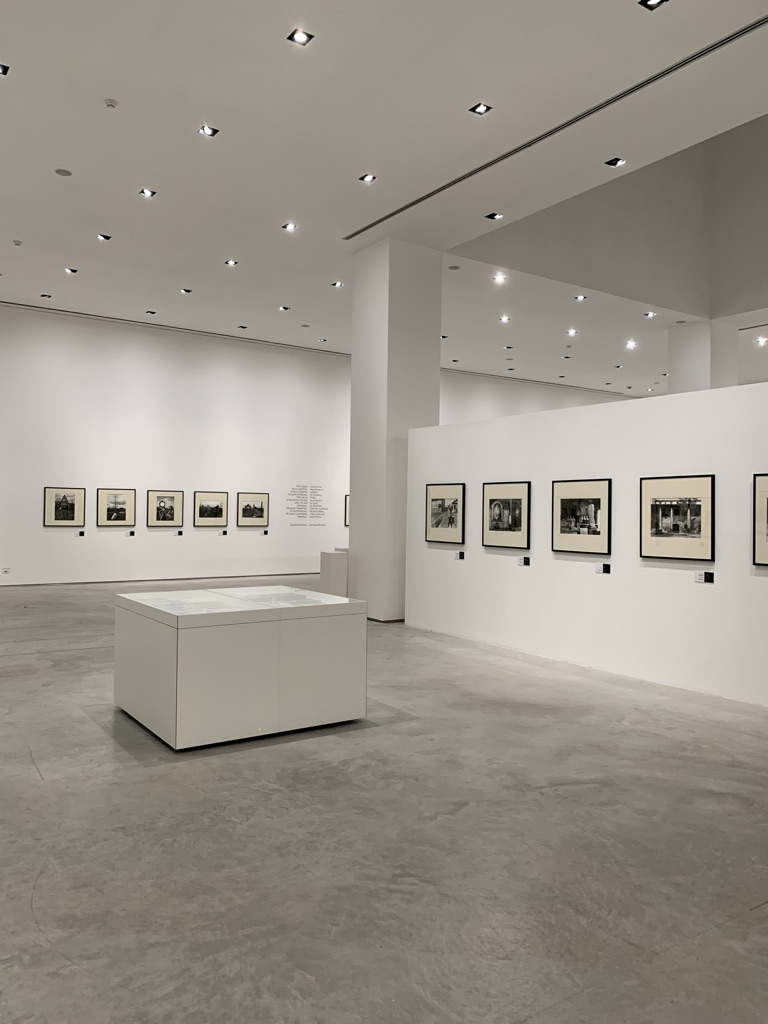
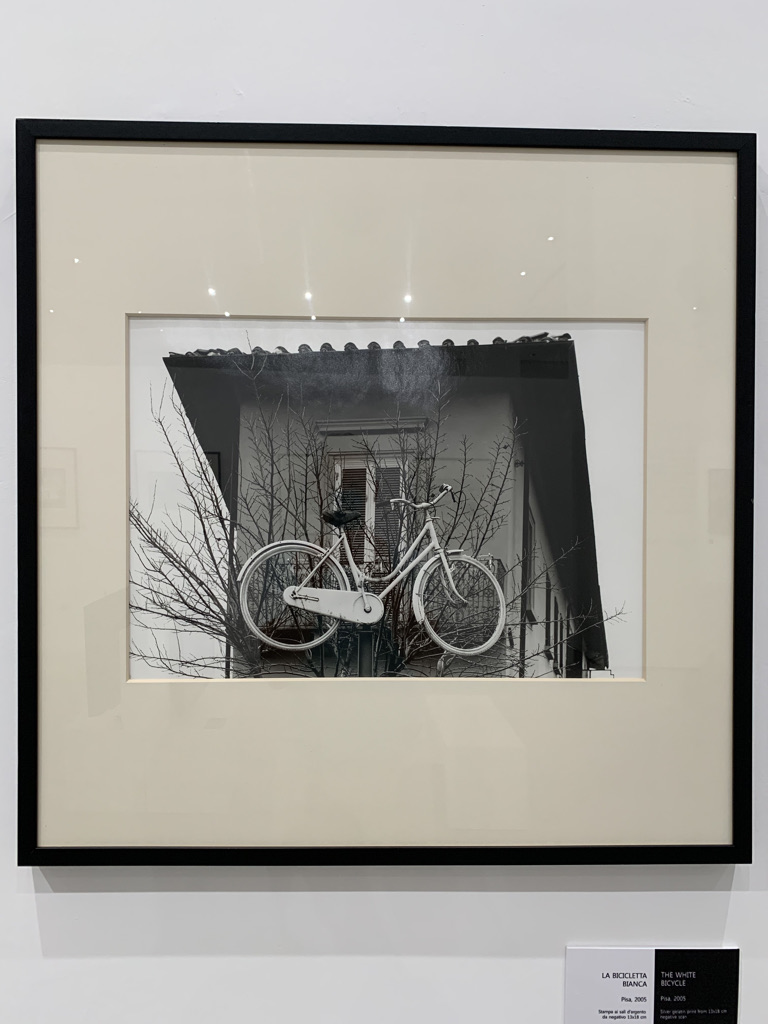
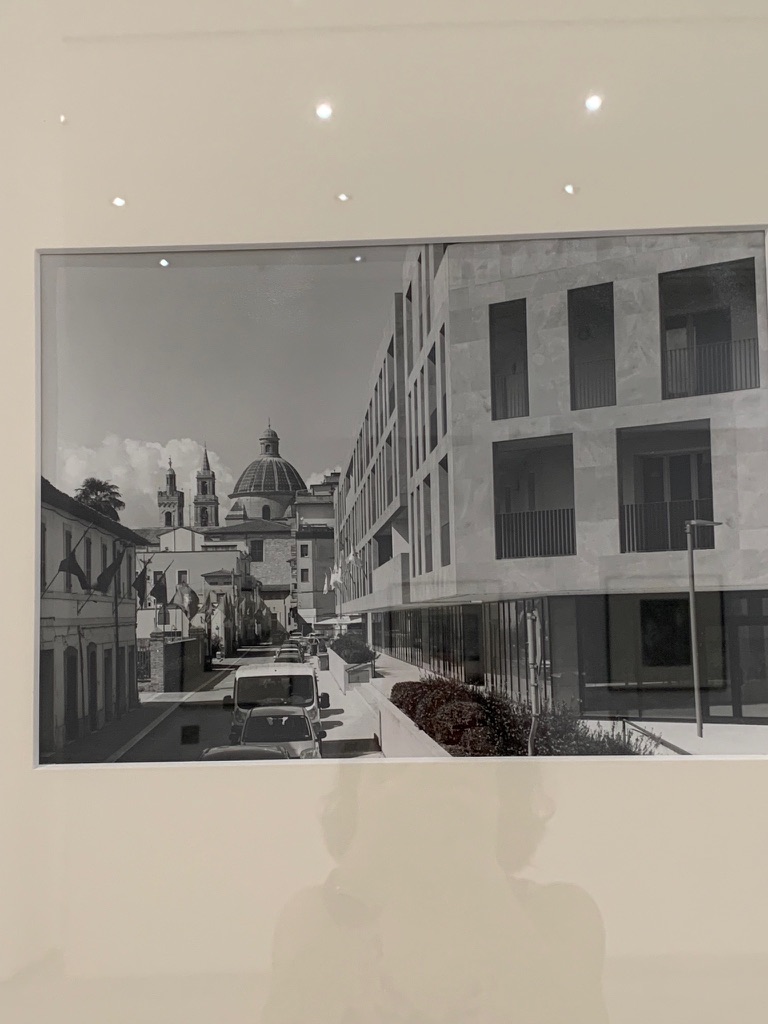
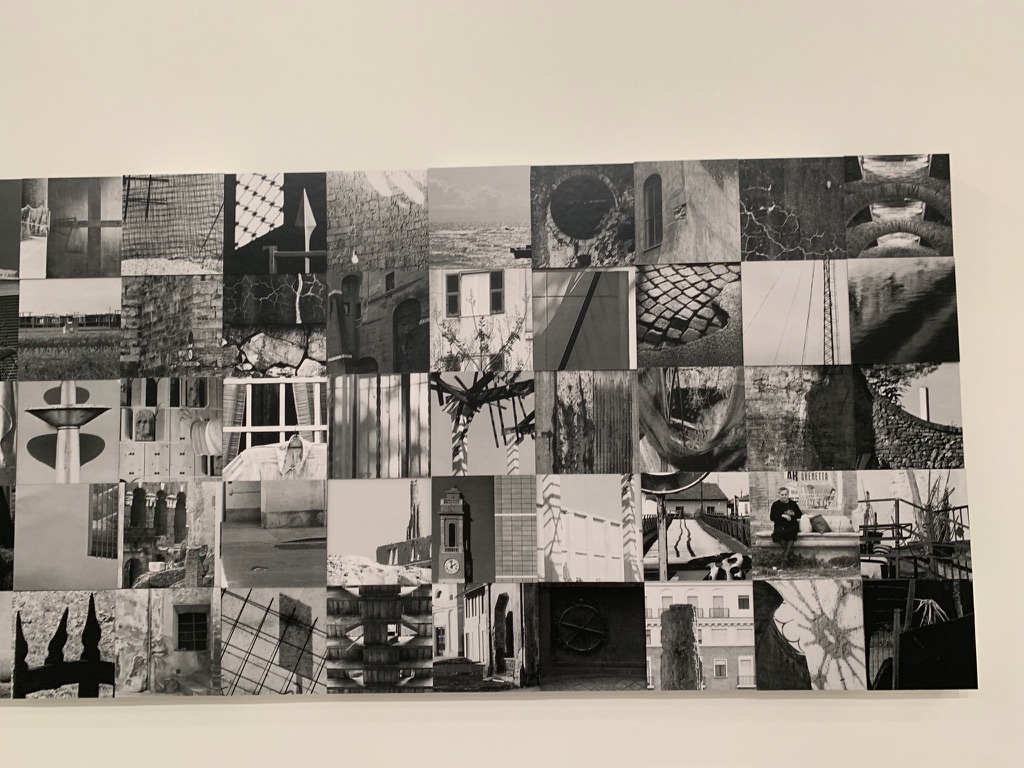
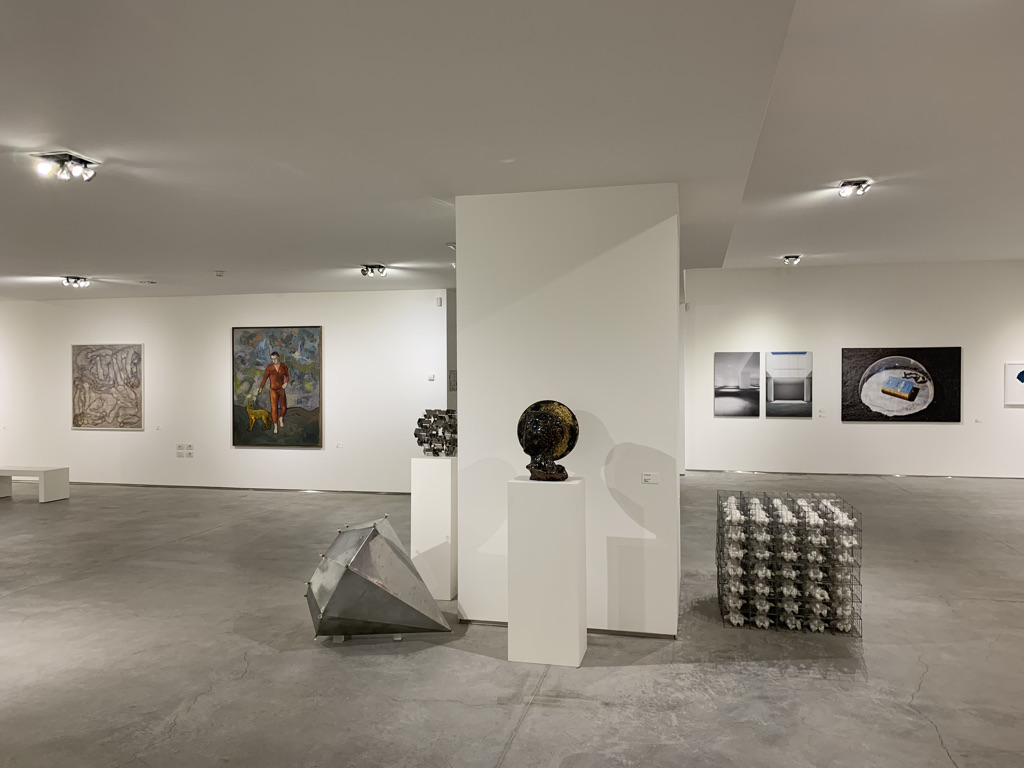
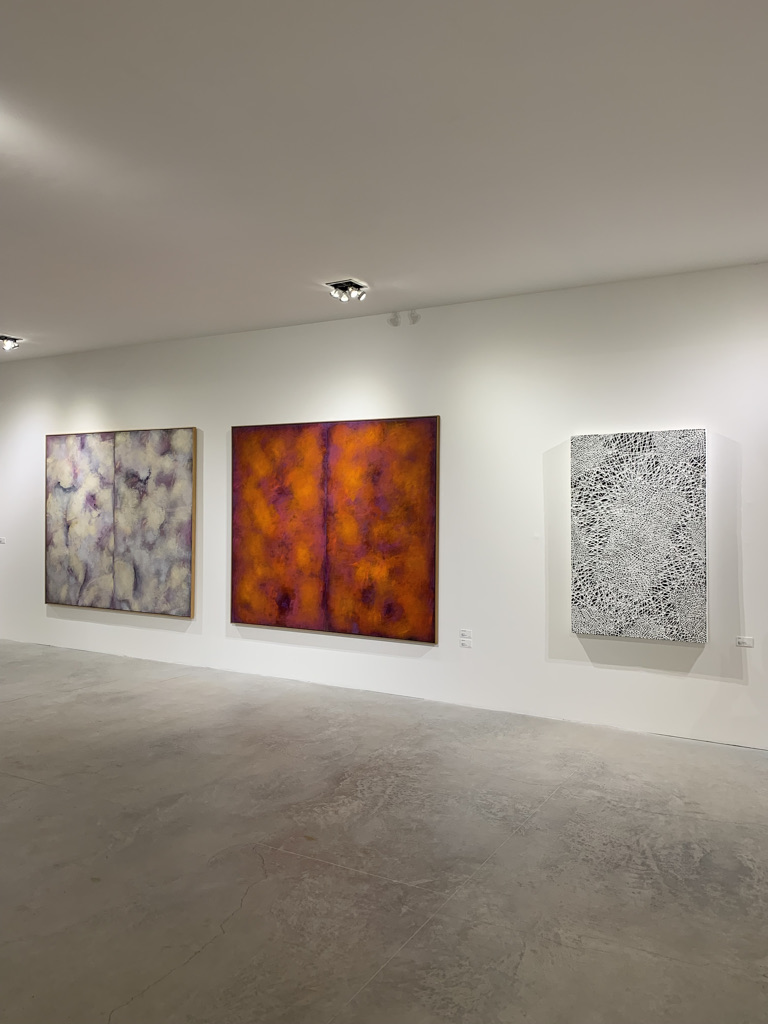
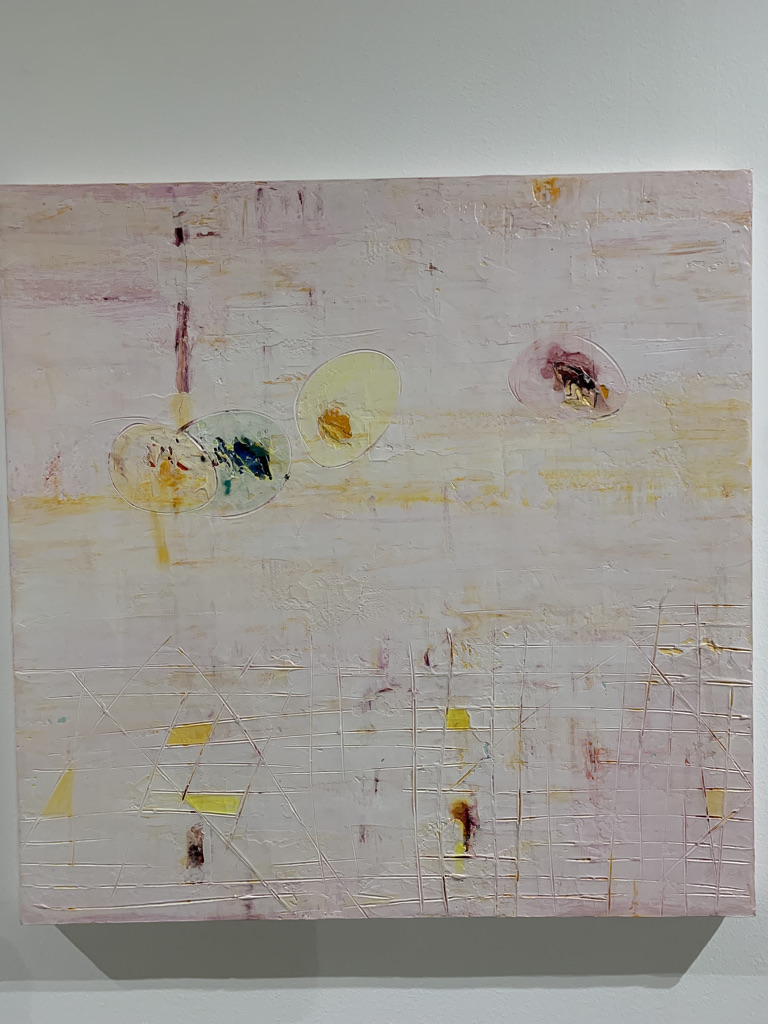
The Calamita Cosmica by Gino de Dominicis
The CIAC ticket also provides admission to another exhibit in the ex-church SS. Trinità in Annunziata. The Calamita Cosmica by Gino de Dominicis is one enormous sculpture that takes up the whole space. It was created in 1988. This church has been its permanent home since 2011. Prior to 2011 it was exhibited in various venues throughout Europe and Italy.

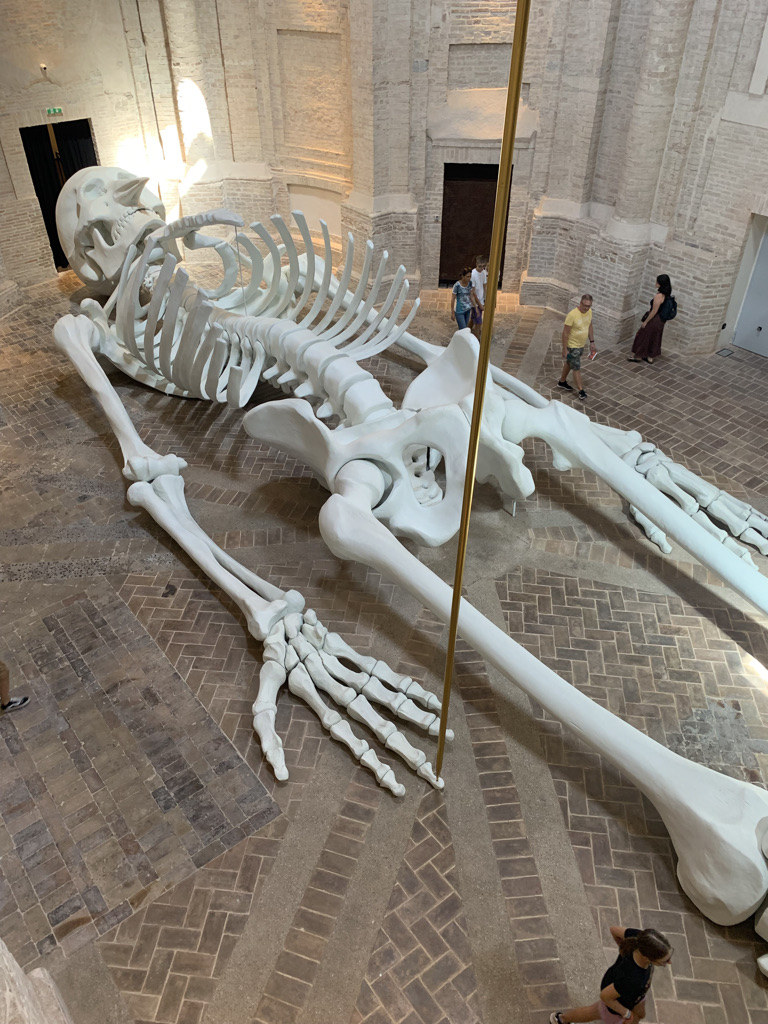
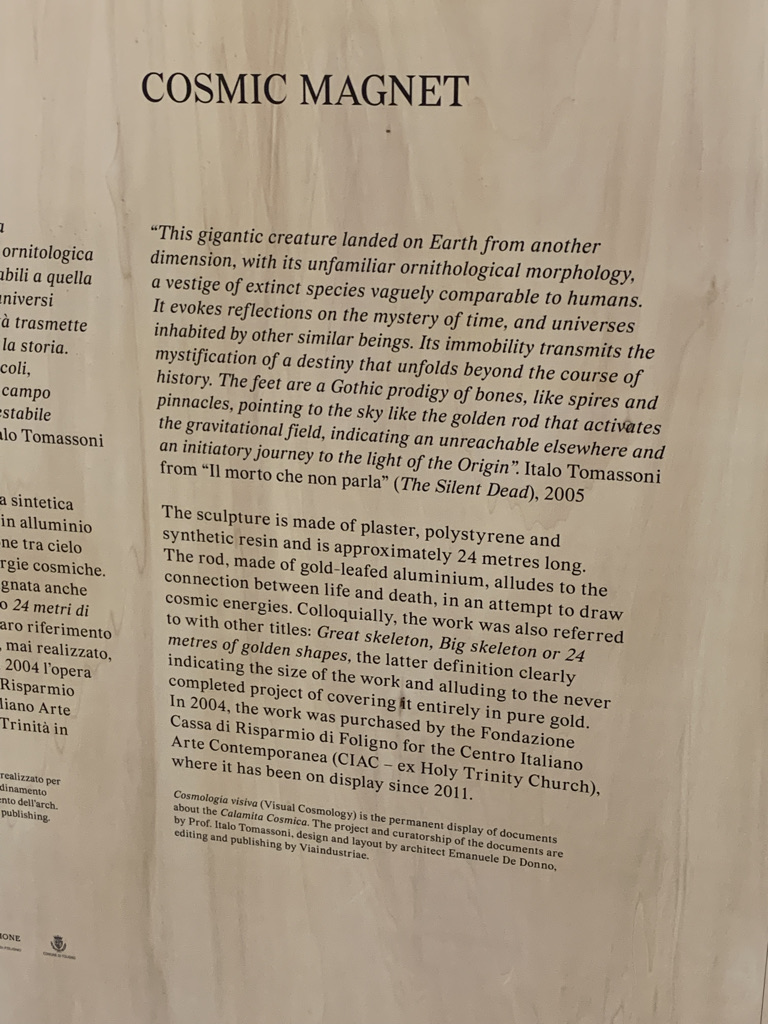
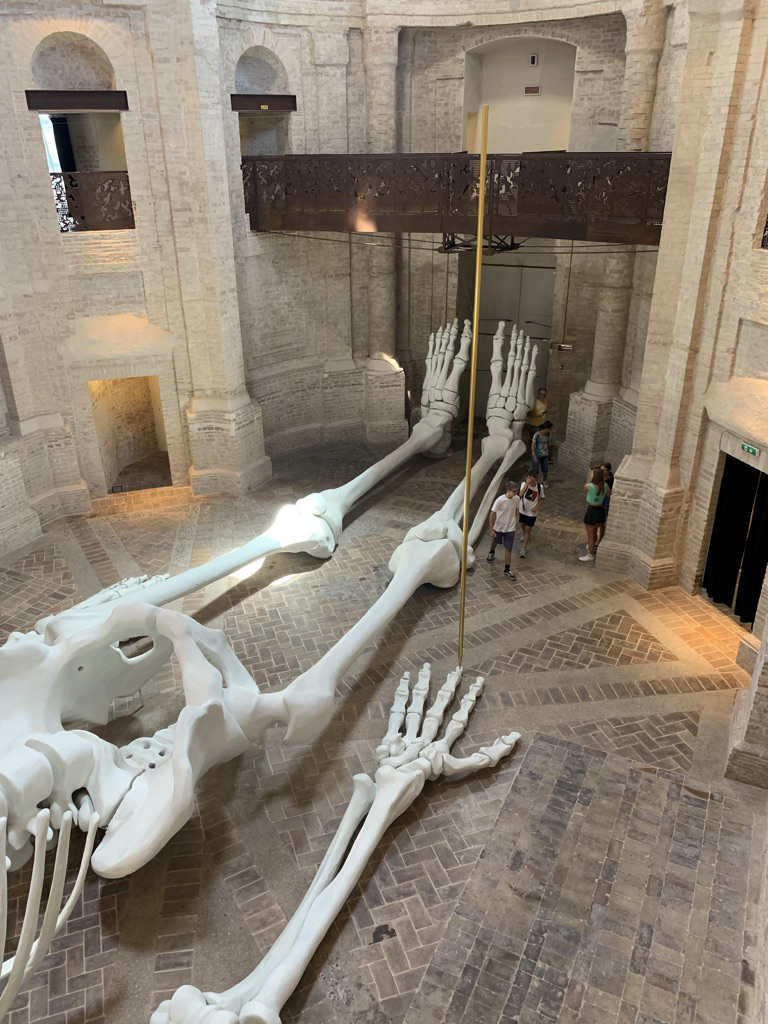
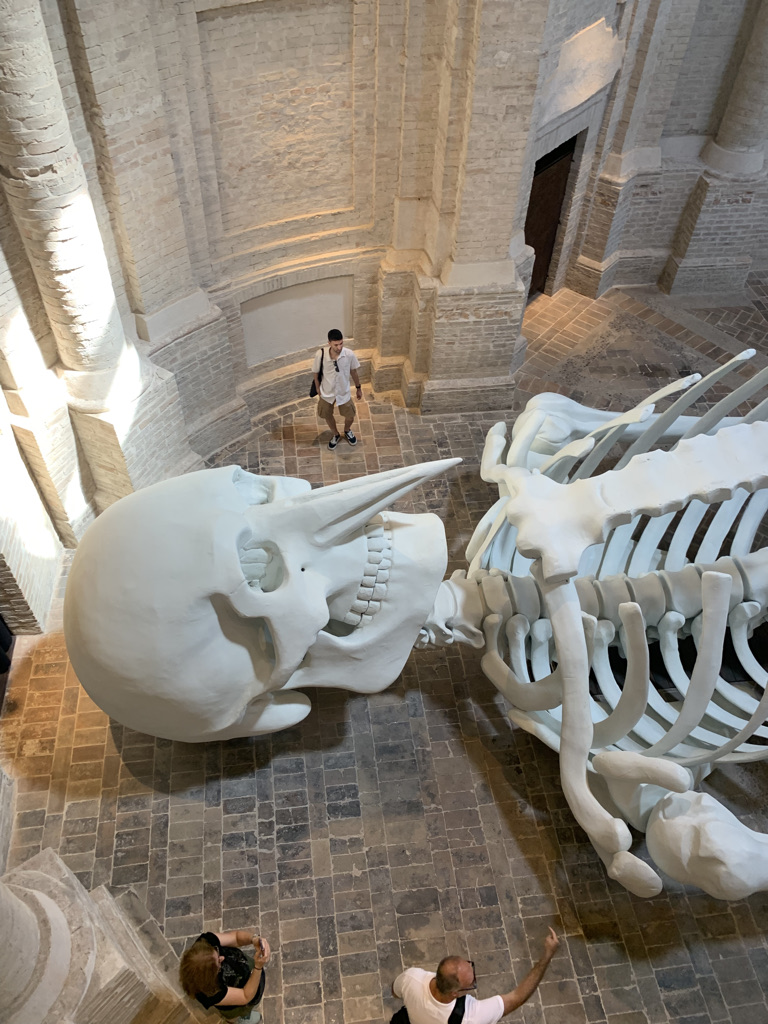
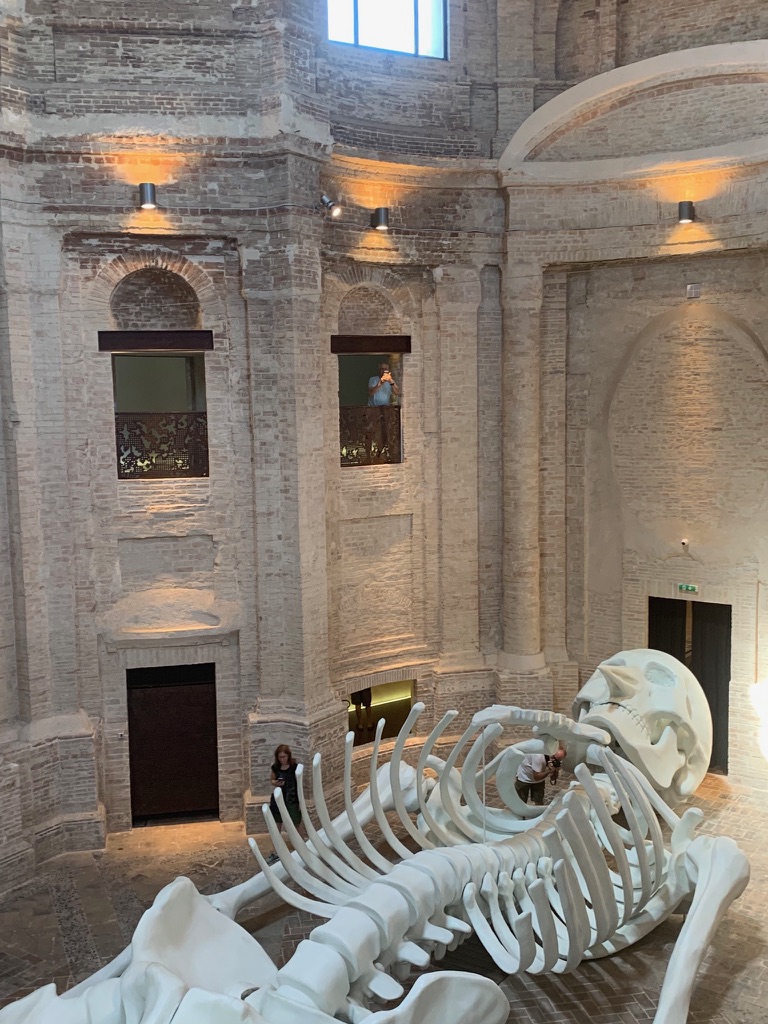

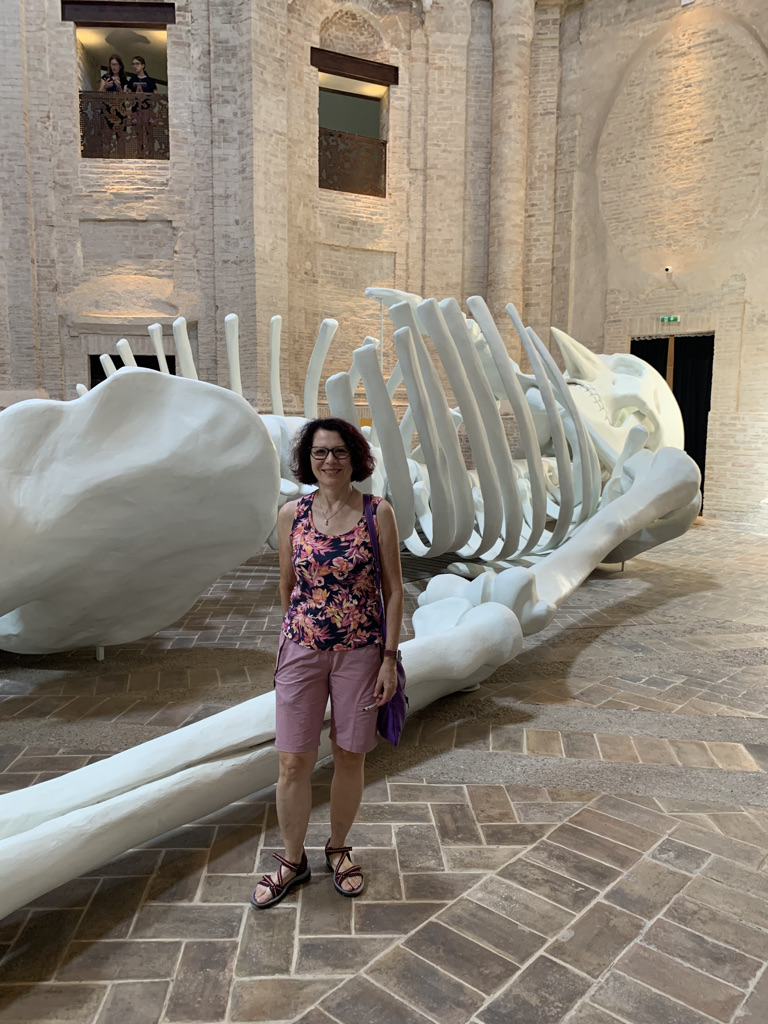
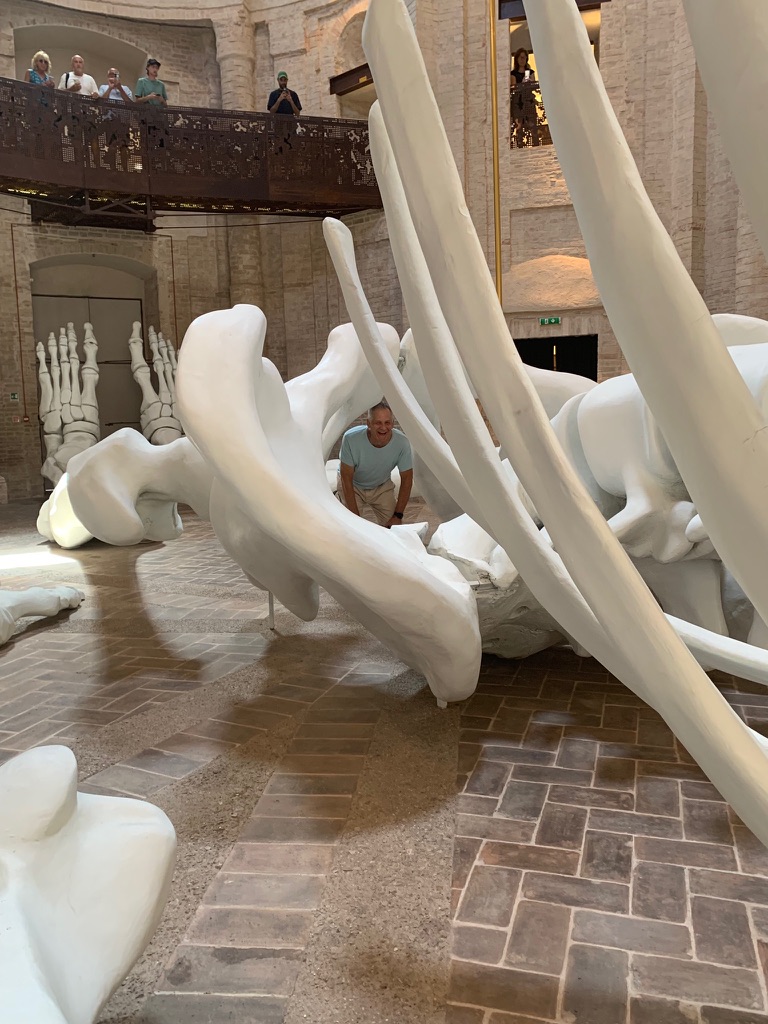
Museo Capitolare Diocesano
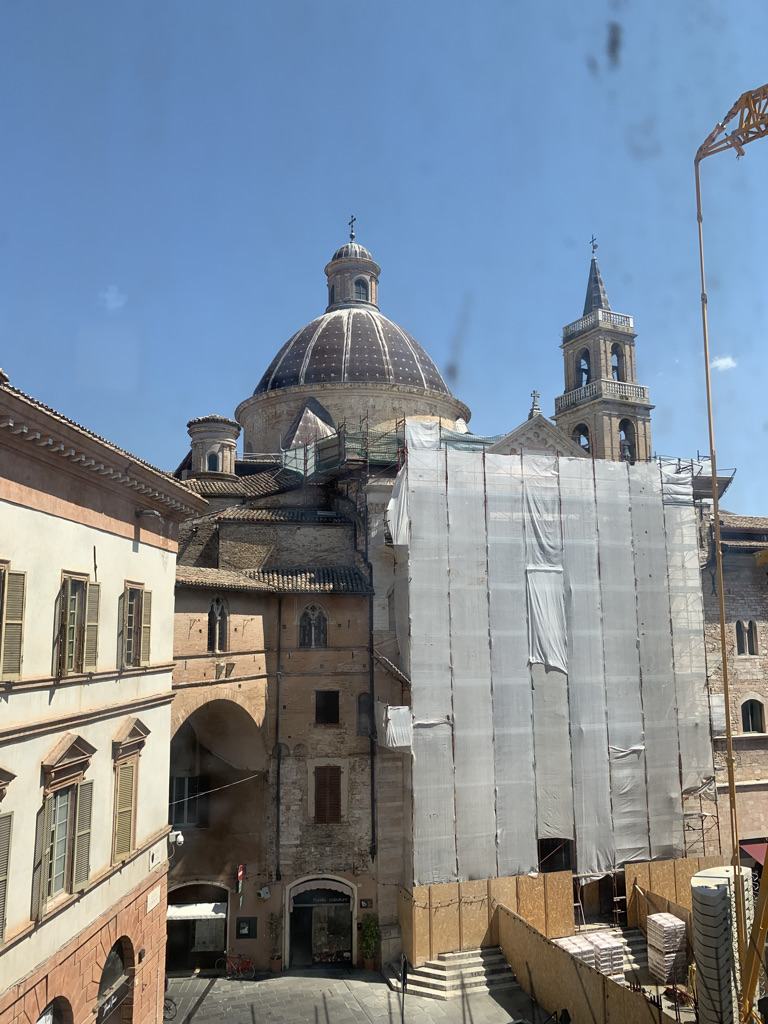
Another place we’d never seen is the Museo Capitolare Diocesano. It is part of the building that houses our Cathedral of San Feliciano, the patron saint of Foligno. While the Cathedral itself has been closed and under repair since the earthquake in 2106, the museum has been able to stay open. It has a collection of religious art and artifacts that have been in the Cathedral and various other churches in Foligno over the centuries.
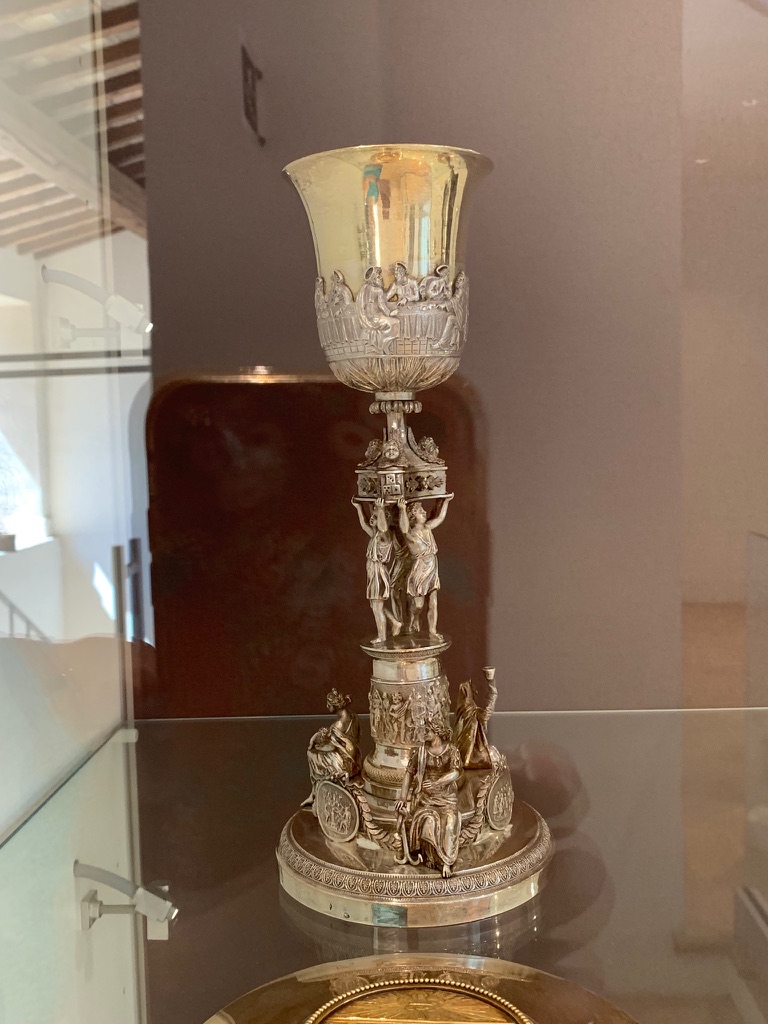
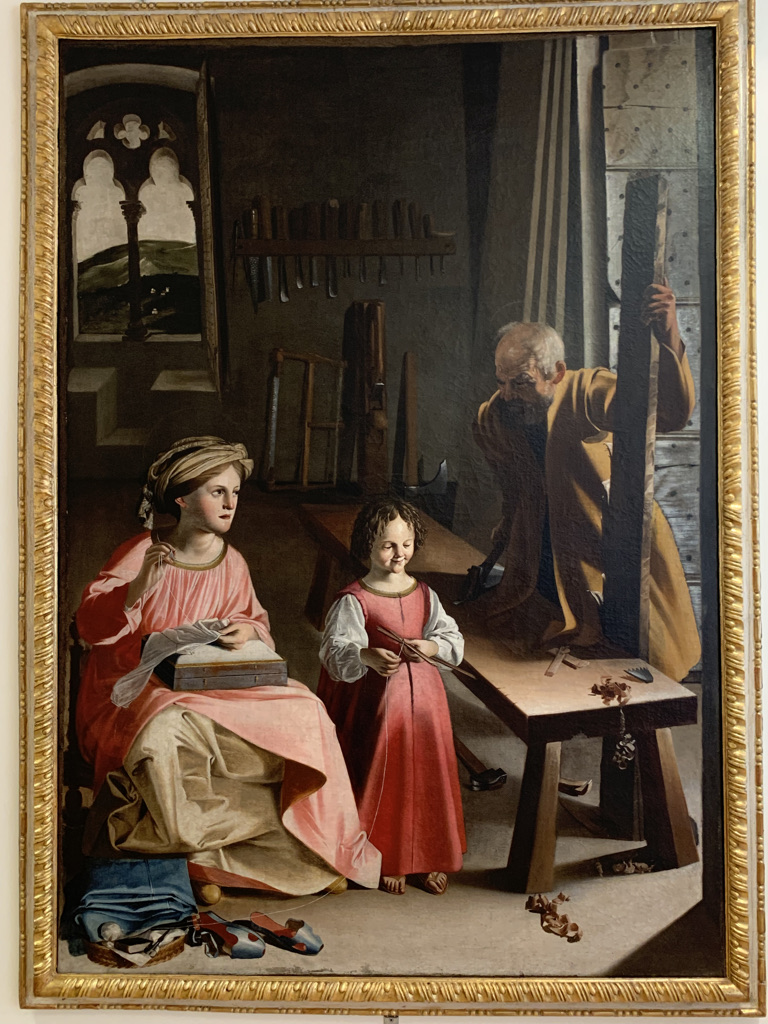

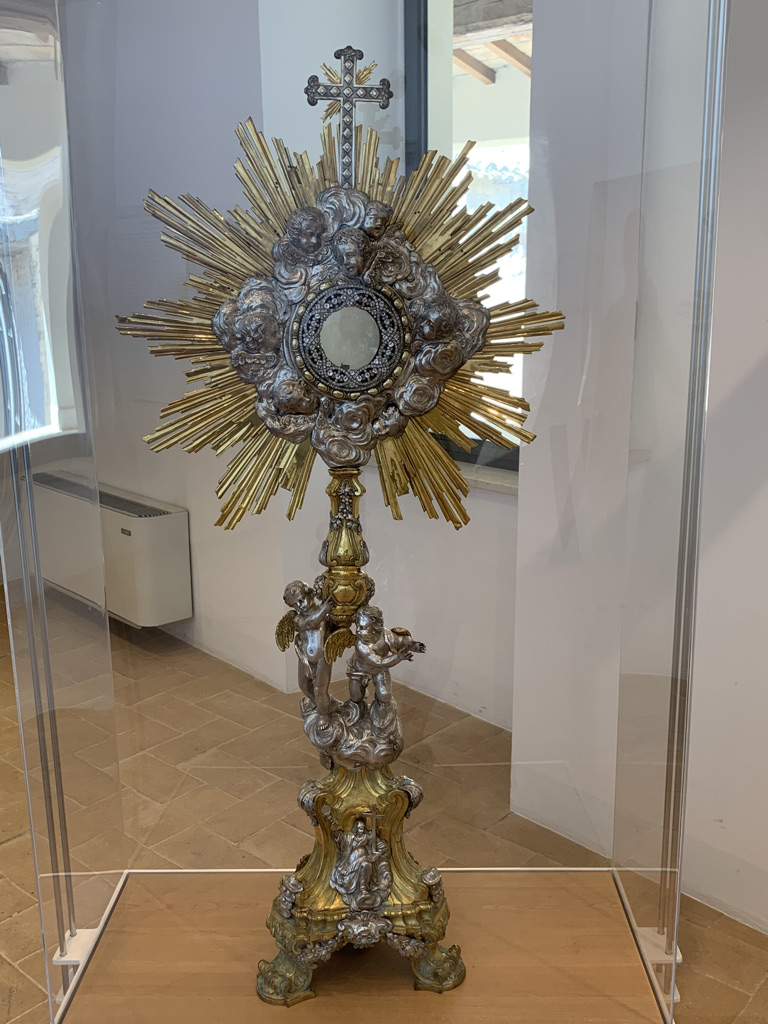
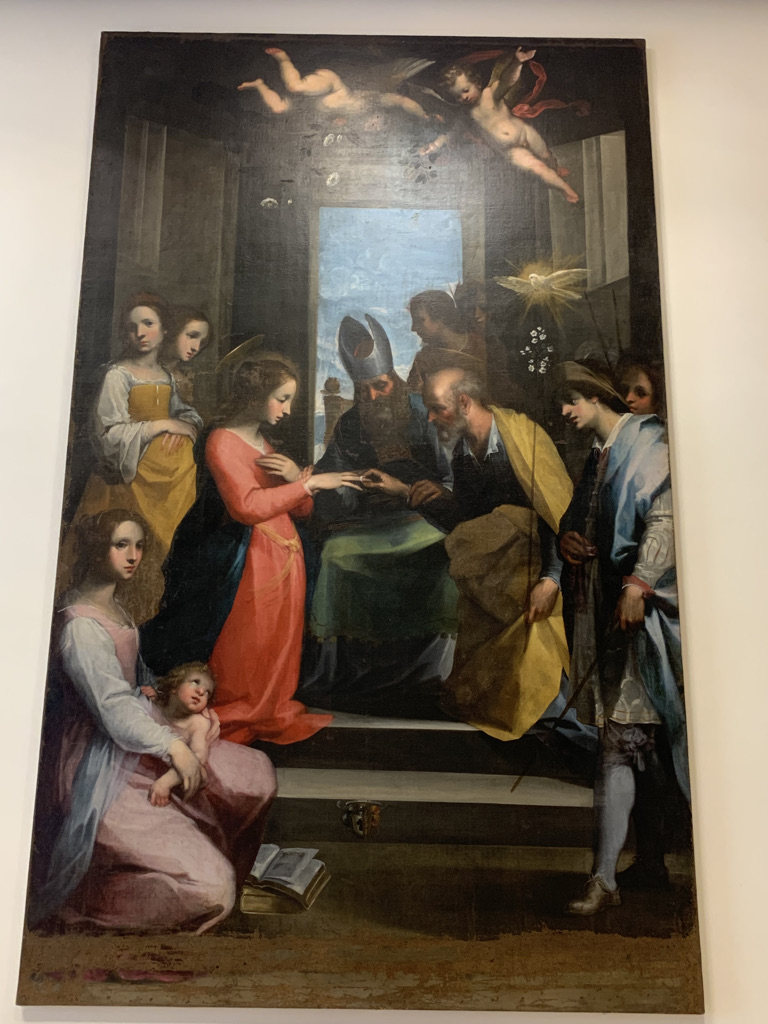
Oratorio della Nunziatella - Perugino at his best!
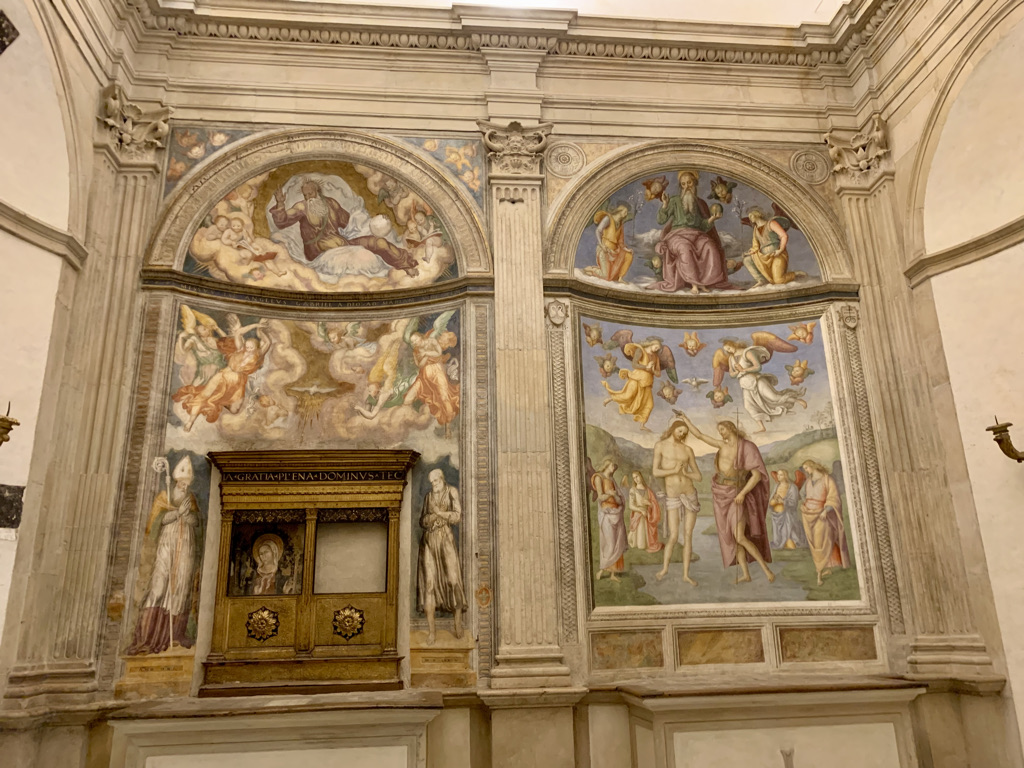


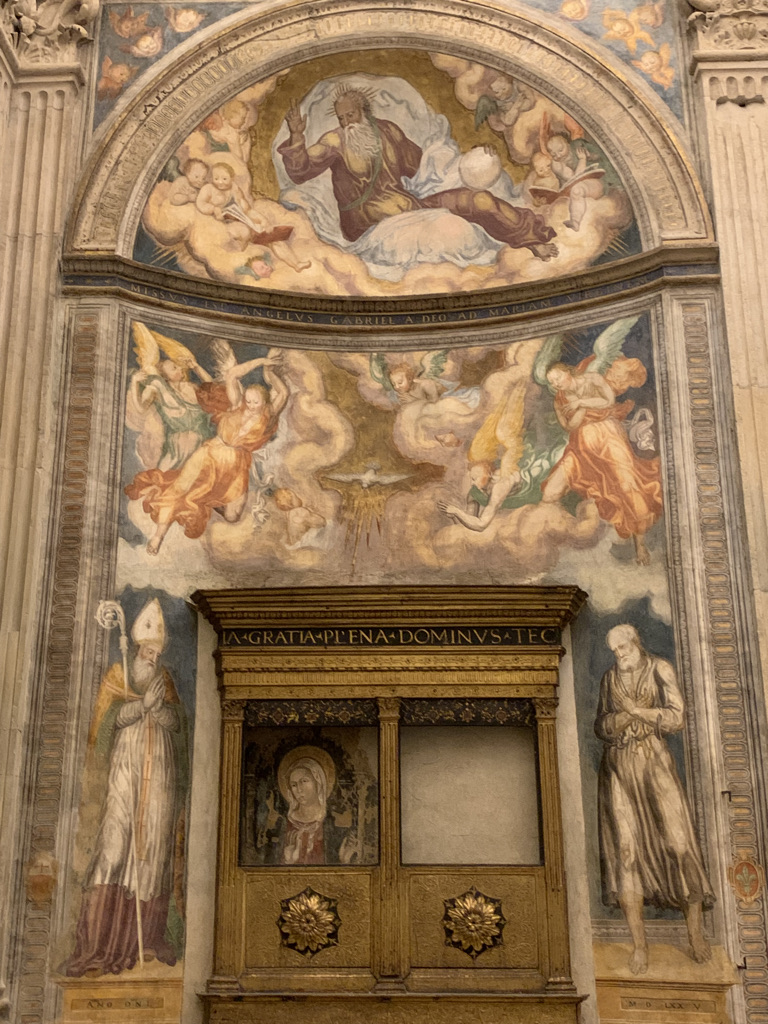
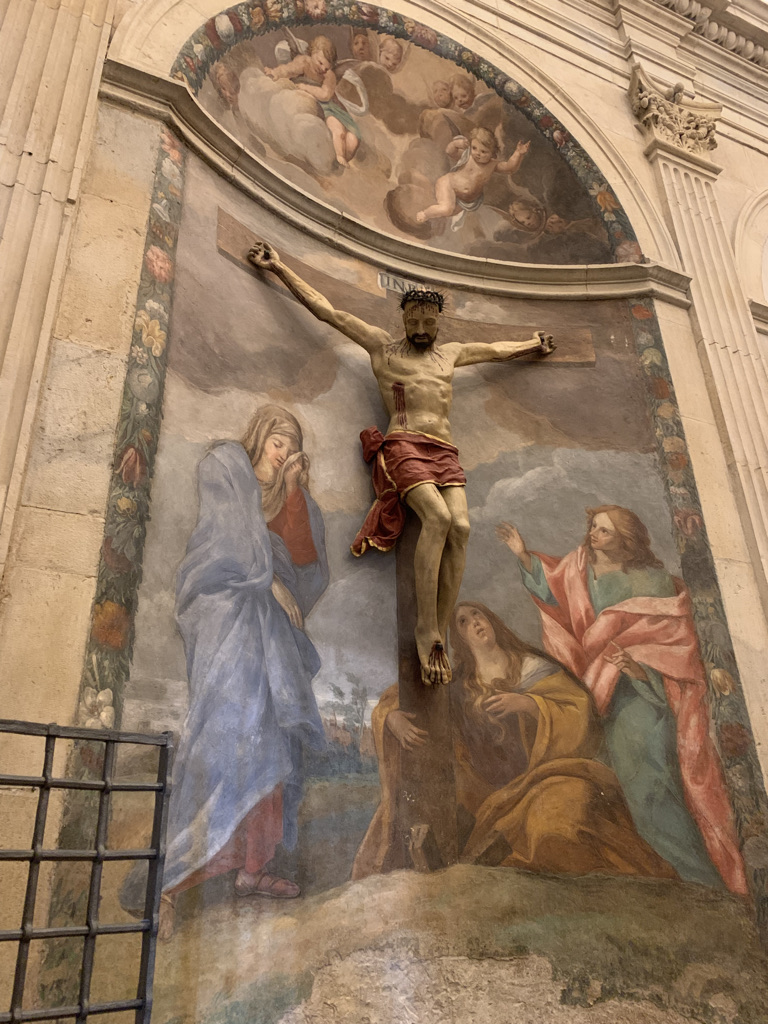
Museum of the Press
The final place we revisited was the Museum of the Press, which is located in Piazza della Repubblica in the Orfini Palace. A printing press was established there in the late 15th Century, and one of Gothenburg’s students, Johannes Numeister worked there. His press made the first printed version of Dante’s Divine Comedy in 1472. This museum has only 1 page of the original. There are also other books, newspapers, almanacs, public announcements, and various other publications dating from 1470 to the 1920s.
